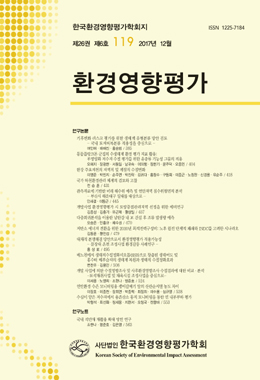후쿠시마 사태 이후 형성된 원전에 대한 부정적인 여론은 몇몇 국가에서 ‘탈원전’이라는 정책으로 표출됐다. 한국도 문재인 정부가 들어서면서 원전의 비중을 단계적으로 낮추는 에너지 정책 전환 계획을 발표했다. 이로써 기후변화와 에너지 안보라는 두 가지 문제를 동시에 해결할 주요 에너지원으로 꼽혔던 원전 사용에 제한이 발생했다. 이 연구는 원전의 단계적 폐쇄를 주요 내용으로 하는 에너지 정책 전환 이행과 기후변화체제라는 상황 속에서 2016년부터 2030년까지 한국의 최적전력구성비를 찾는 것이 목적이다. 최적전력구성비는 시간당 전력수요와 INDC를 최소비용으로 만족하는 구성비를 의미한다. 이 연구에서는 선형계획법을 통해 에너지 정책 전환을 이행하는 시나리오와 원전을 2017년 수준으로 유지하는 시나리오로 나누어 비용을 비교분석했다. 그 결과 두 시나리오 모두 풍력은 2018년부터 꾸준히 증가하는 반면 태양광은 2021년부터 경제성을 갖춰 발전량이 대폭 늘어났다. 한편 총 비용은 에너지 전환 시나리오가 약 56조원으로 원전 유지 시나리오에 비해 약 5.5조원 더 비싼 것으로 나타났다.
After Fukushima incident, negative sentiment towards nuclear power has led to transition in policies that reduce the dependency on nuclear power in some countries. President Moon of Republic of Korea also announced a national plan of decommissioning retired nuclear power plants stage by stage. Therefore, nuclear power that once was considered the critical solution to energy security and climate change is now a limited option. This study aims to find an optimal energy mix in Korea’s electricity system from 2016 through 2030 to combat climate change through energy transition with minimum cost. The study is divided into two different scenarios; energy transition and nuclear sustenance, to compare the total costs of the systems. Both scenarios show that electricity generated by wind technology increases from 2018 whereas that of photovoltaic(PV) increases from 2021. However, the total cost of the energy transition scenario was USD 4.7 billion more expensive than the nuclear sustenance scenario.




